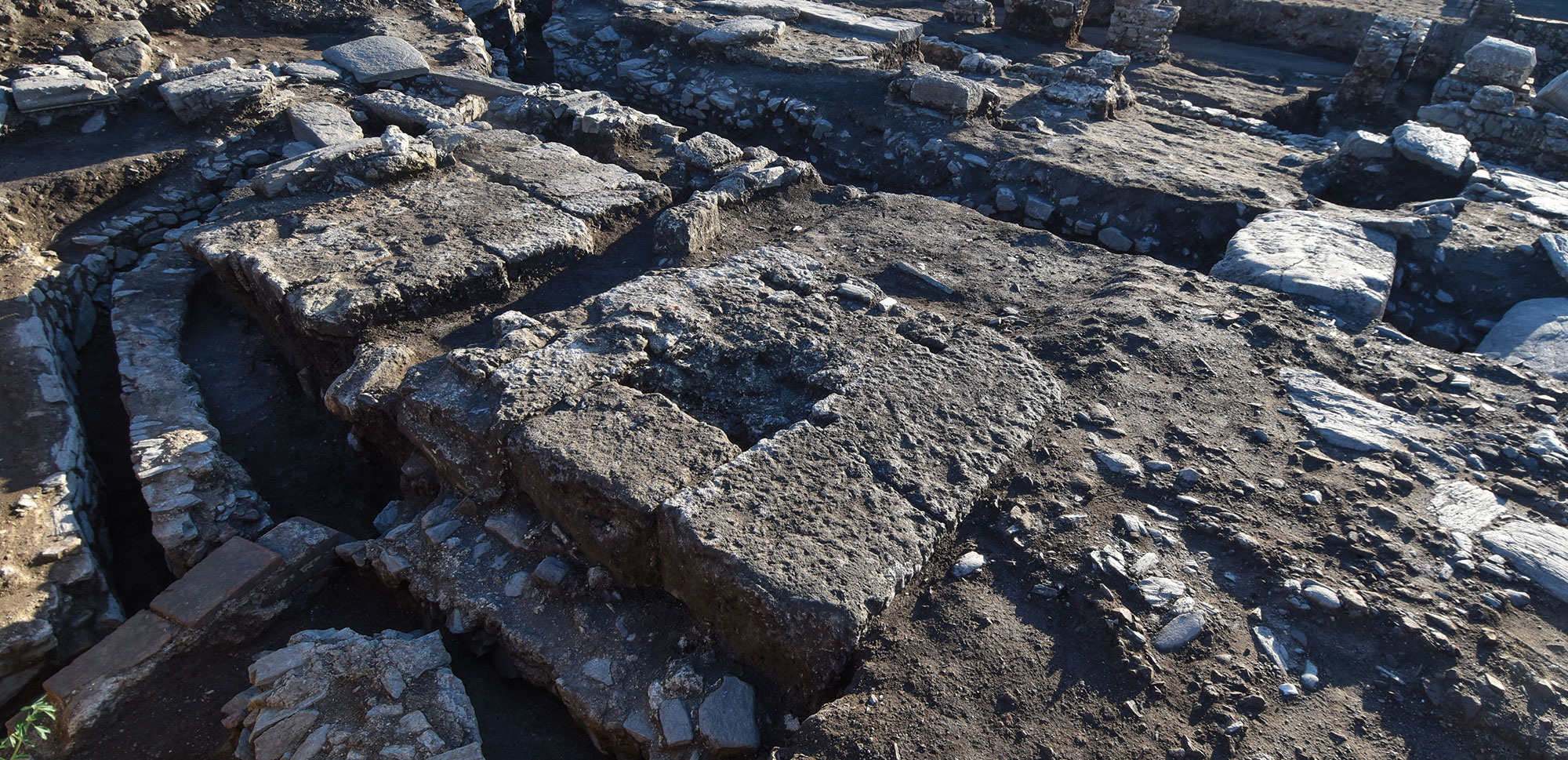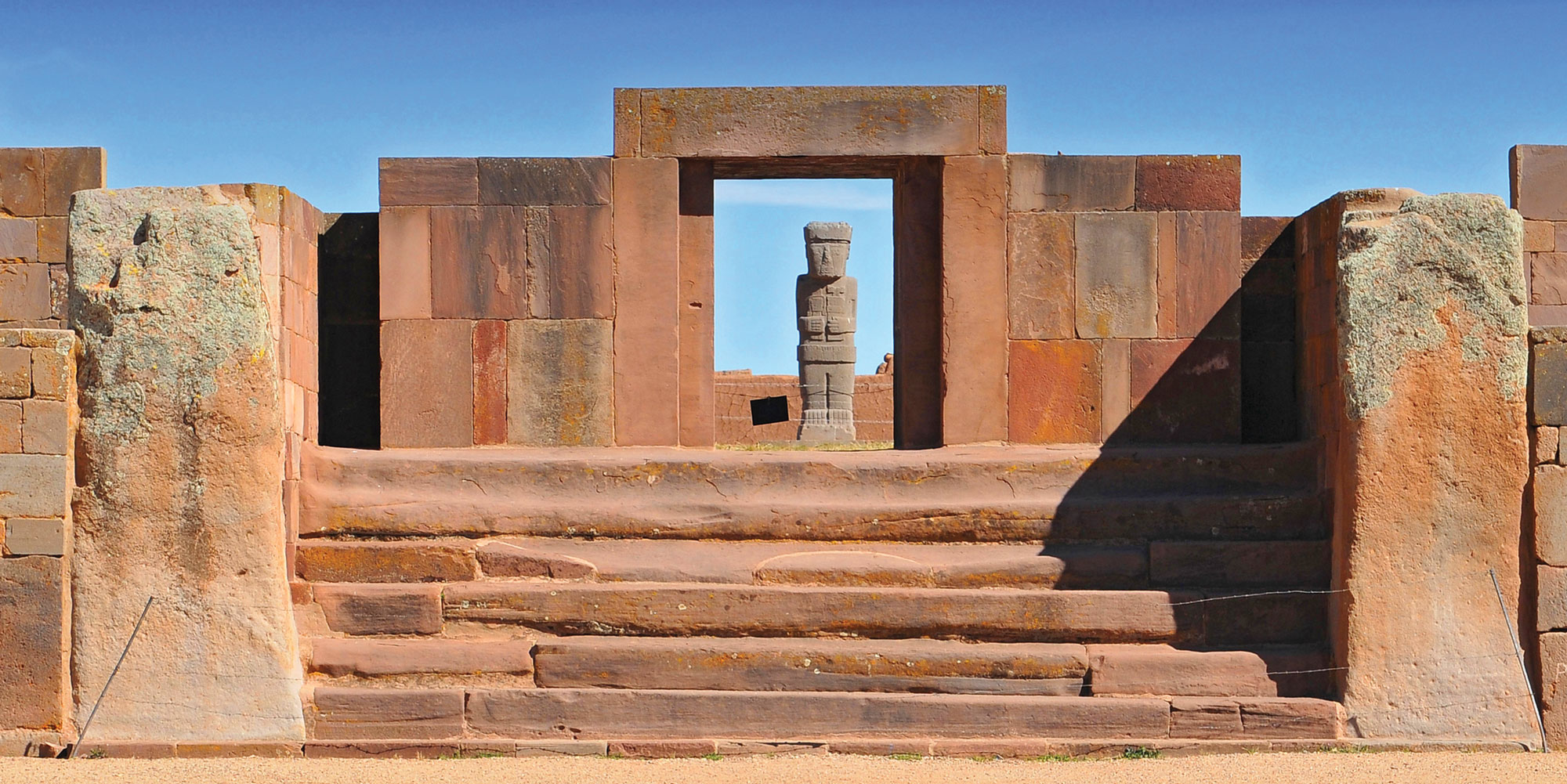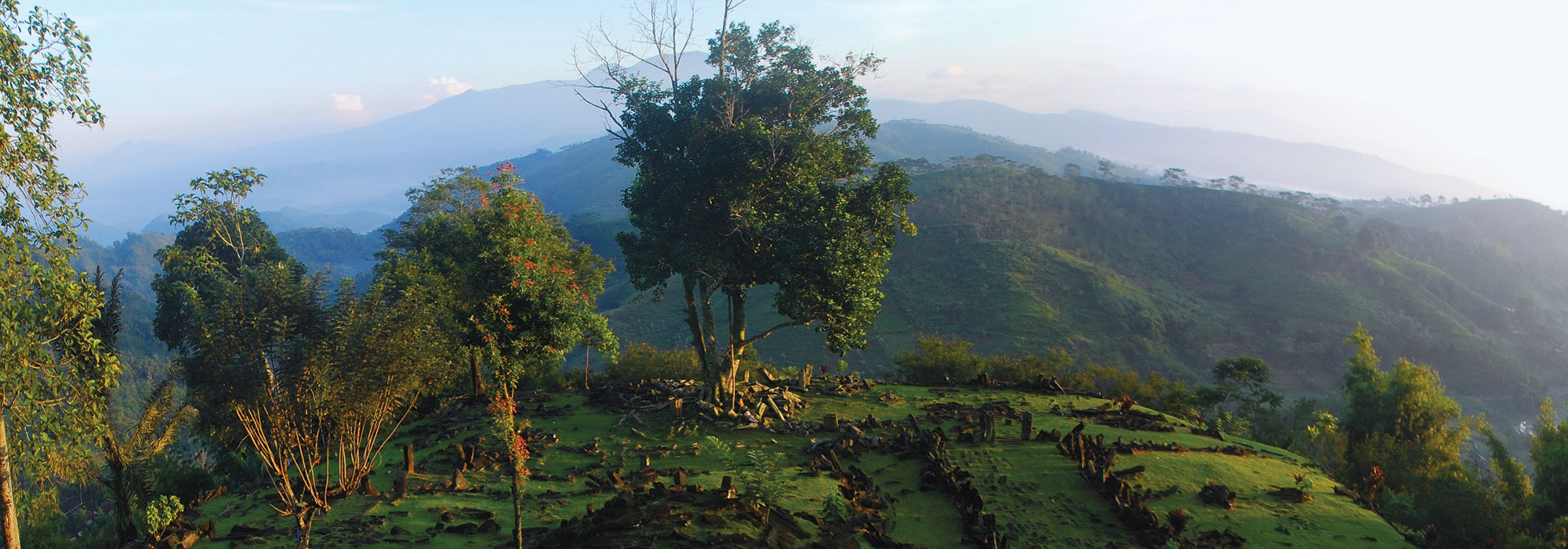WROCŁAW, POLAND—According to a Science in Poland report, the graves of more than 200 monkeys, dogs, cats, and calves have been recently unearthed by an international team of researchers led by Marta Osypińska of the University of Wrocław in the pet cemetery at Berenice, a port city built on the coast of the Red Sea in the first century A.D. by the Roman emperor Tiberius. Previous research has shown that many of the monkeys buried in the cemetery were rhesus macaques and bonnet macaques imported from India. Osypińska said that most of the monkeys had been wrapped in fabrics and placed in the graves as if they had been sleeping on their sides, covered in blankets, with their paws next to their faces. Opalescent shells rags, a cow’s tail, collars, harnesses, and the remains of a piglet and kittens were also found in the monkeys’ graves. Meanwhile, the remains of two calves were found at the bottom of two large pits in the cemetery. Both of their heads had been smeared with ocher, and a large amphora fragment had been placed over the head of the older calf. The researchers think the calves may have been sacrificed when the animal cemetery was established, or in honor of a sacred object in the area. To read about previous finds from the cemetery, go to "Around the World: Egypt."
Roman Pet Burials Examined in Egypt
News June 6, 2024
Recommended Articles
Off the Grid January/February 2026
Prophetstown, Indiana

Letter from France January/February 2026
Neolithic Cultural Revolution
How farmers came together to build Europe’s most grandiose funerary monuments some 7,000 years ago

Features January/February 2026
The Cost of Doing Business
Piecing together the Roman empire’s longest known inscription—a peculiarly precise inventory of prices

Features January/February 2026
The Birds of Amarna
An Egyptian princess seeks sanctuary in her private palace

-
Features July/August 2024
The Assyrian Renaissance
Archaeologists return to Nineveh in northern Iraq, one of the ancient world’s grandest imperial capitals
 (Land of Nineveh Archaeological Project)
(Land of Nineveh Archaeological Project) -
Features July/August 2024
A Dynasty Born in Fire
How an upstart Maya king forged a new social order amid chaos
 (Courtesy Proyecto Arqueológico Ucanal)
(Courtesy Proyecto Arqueológico Ucanal) -
Features July/August 2024
Making a Roman Emperor
A newly discovered monumental arch in Serbia reveals a family’s rise to power in the late second century a.d.
 (Serbia’s Institute of Archaeology)
(Serbia’s Institute of Archaeology) -
Features July/August 2024
Rise and Fall of Tiwanaku
New dating techniques are unraveling the mystery of a sacred Andean city



